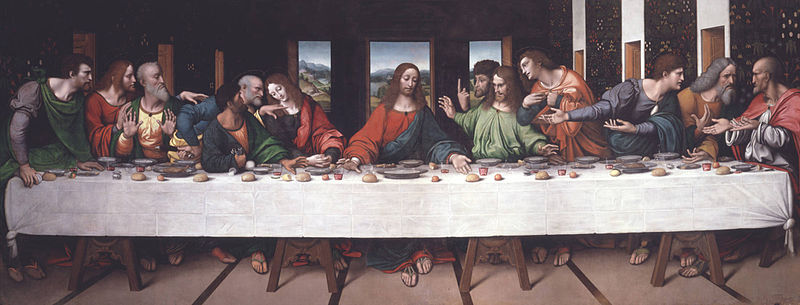 |
| from Wikimedia Commons |
Silence patrolled the room like an eagle flying high over a field watching for the movement of a small animal, condemned for moving . The diners conscious of silence, patrolled the room with their eyes. When a sound was detected they turned their eyes towards the place emitting disturbance, a rustle of garment or nervous cough, gave focus, cautioned, and begged the offending diner to cooperate, reminding the diner that silence is golden.
The man next to Norman gulped his glass of water. The man’s hasty drinking, turned heads, and eyes searched for the source of the noise. Norman noticed the man vanished into his garment. One blink of an eye was all it took, all that was left was a robe sitting in a chair.
Not satisfied with just a robe, because garments don’t make a noise when on a hanger, and the diners, restless from silence and the slowness of service, settled on the nearest source to the noise they could find, that Norman did not have an empty glass in front of him did not seem to matter.
Norman could feel the stare of eyes. His face and skin heated from blood rushing to the surface of his skin, blushing. The feeling embarrassed Norman and encouraged heat to flush his cheeks again. Norman did not need a mirror to know what was happening to him. He wanted to say a few terse words to the man next to him, but that would mean breaking the rule of silence, and that was something he was not prepared to do.
For relief from the roaming eyes, he focused on the painting, he hoped that the eyes would follow his gaze, and not stare at him. The painting was a copy of a copy, but precious. Norman remembered seeing a smaller version of this picture, it had been found in a library, but the library itself was a copy, the picture was originally painted on a wall in a refectory, similar to the room he was seating in.
Painting on the walls of buildings, inside and outside, was an ancient custom, only the styles and content of the art work determined the period, it was hard to make sense of the past. The stories and records of the time before the catastrophic event that began time present was blamed on a flood.
He did not dispute that there had been a flood, there was evidence of flood and floods, the problem was deciding which flood was THE flood; so many stories, so long ago, something happened, but the trouble with stories that old is that they are like a layer cake that is hit by a ball, left for a while, then picked up and put back together. A very good chance that the layer cake is a lame duck, but still a layer cake, only the layers are harder to define.